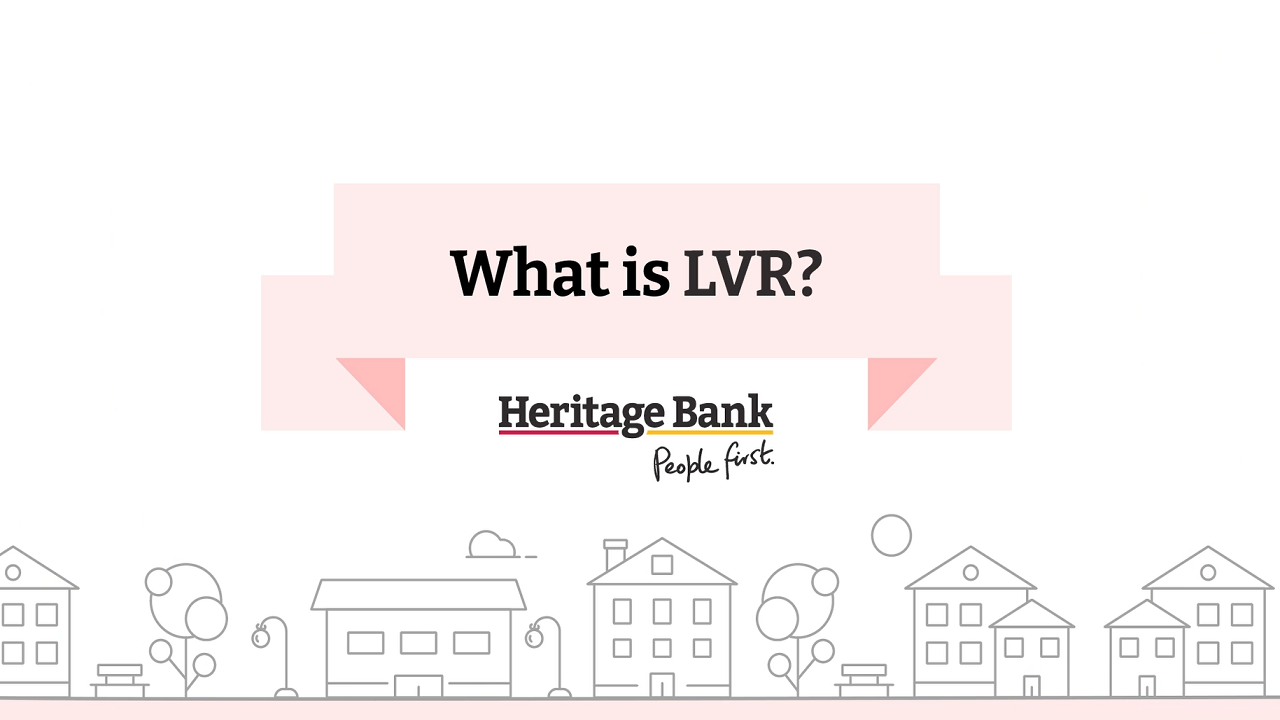First Alliance Federal Credit Union Corporation is currently reviewing its position in relation to the RBA’s decision on 6 September to increase the Official Cash Rate. We'll make an announcement here as soon as we finalise our decision.
What is LVR when it comes to a home loan?
Learn more about what Loan to Value Ratio (LVR) is, how it’s calculated and what effect it can have on your home loan.

Loan to Value Ratio (LVR) is a term you will come across when applying for a home loan. It is the ratio of the loan amount against the value of the property you have selected (and used as security for the loan). LVR is used to determine whether or not lender’s mortgage insurance will be needed and what interest rate you are entitled to.
How is LVR calculated?
LVR is calculated by dividing the mortgage amount by the value of the property you are purchasing. We’ve put an example together below to help you understand how LVR is calculated.
Jane and Chris find out their LVR
Jane and Chris are purchasing a new home for $450,000 and will be using $70,000 in cash as a deposit. This means the actual mortgage the couple need is $380,000 (excluding fees and charges). To find out their LVR Jane and Chris need to divide the mortgage amount (including fees and charges) by the value of the property and then multiply this amount by 100. By doing this the couple have found out their LVR is 84%. Because their LVR is above 80% Jane and Chris will need to pay lender's mortgage insurance. This can be added to the total mortgage amount, however it will increase their overall LVR as a result.How can I decrease my LVR?
The best way to decrease your LVR is by saving a bigger amount for a deposit, tightening your budget when it comes to finding a property to purchase, or by doing both. If you want to save more for a deposit there are lots of ways to do so; from revising your household budget, to saving on everyday purchases, and by keeping your money in a high interest savings account.
The way you structure your loan can help to reduce your LVR. For example, you may be able to use equity in an existing property to increase your deposit amount. The bigger deposit you have, the smaller your mortgage will be, which will affect your LVR.
Another option to consider is taking advantage of a guarantor option, such as the First Alliance Federal Credit Union Family Guarantee loan. This loan allows immediate family members to help you purchase a home without them having to provide cash as an upfront deposit. Instead, the bank takes a mortgage over the guarantor’s property which is used as equity to assist with purchasing the new property. The maximum LVR for the primary loan is 80% and 70% against the guarantor’s security. These LVR restrictions not only help to ensure we are lending responsibly but it also means there is no need to pay lender’s mortgage insurance. An LVR under 80% generally attracts better interest rates.
So, what does this mean for my home loan?
It’s important to understand what your LVR is before you apply for a home loan. This will help you to budget for both the possibility of having to pay lender’s mortgage insurance, and the interest rate you will be charged.
To find out more talk to one of our lending specialists. Enquire online, phone 13 14 22 or visit in branch.